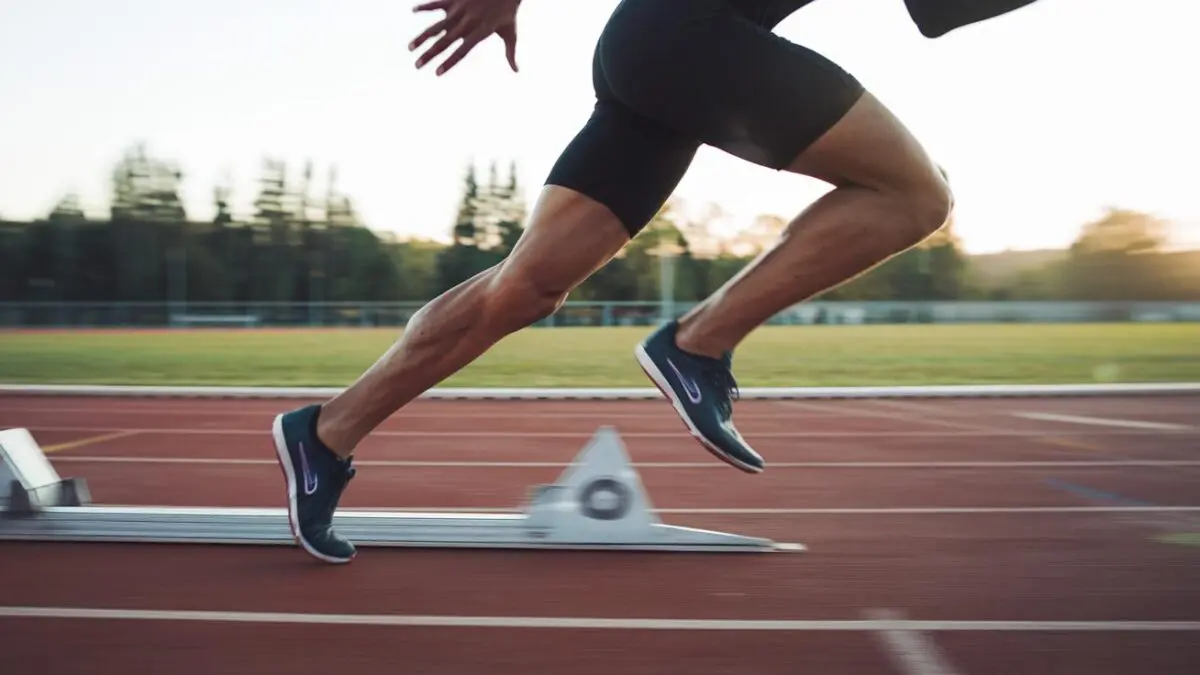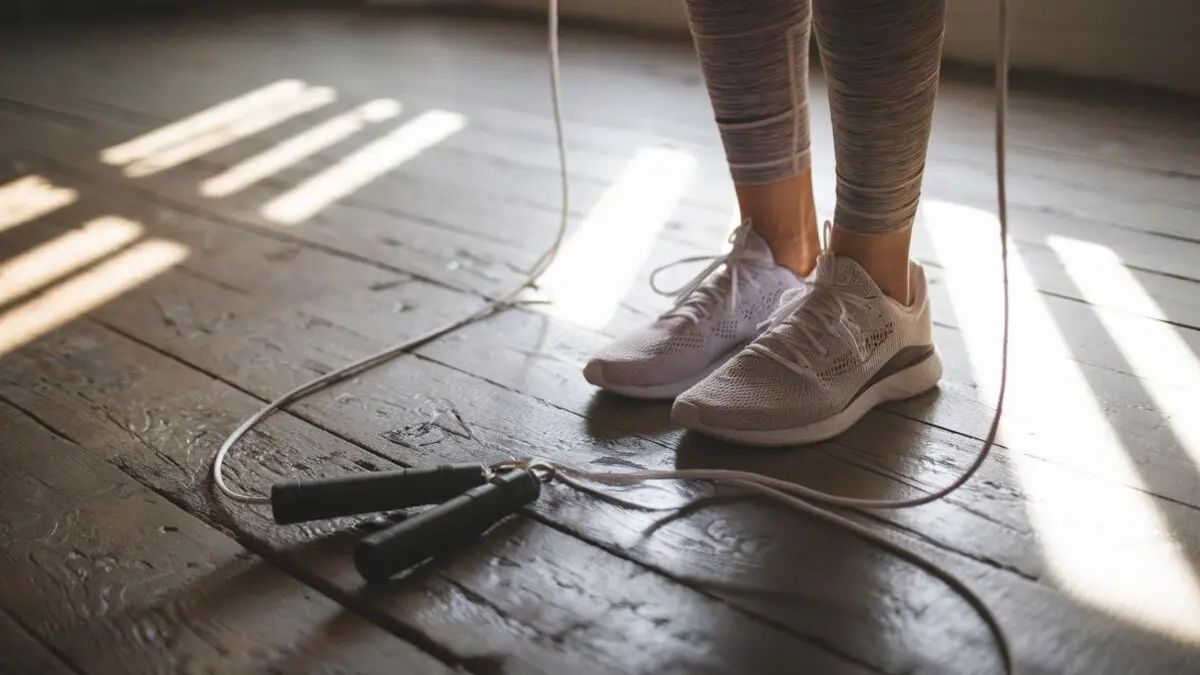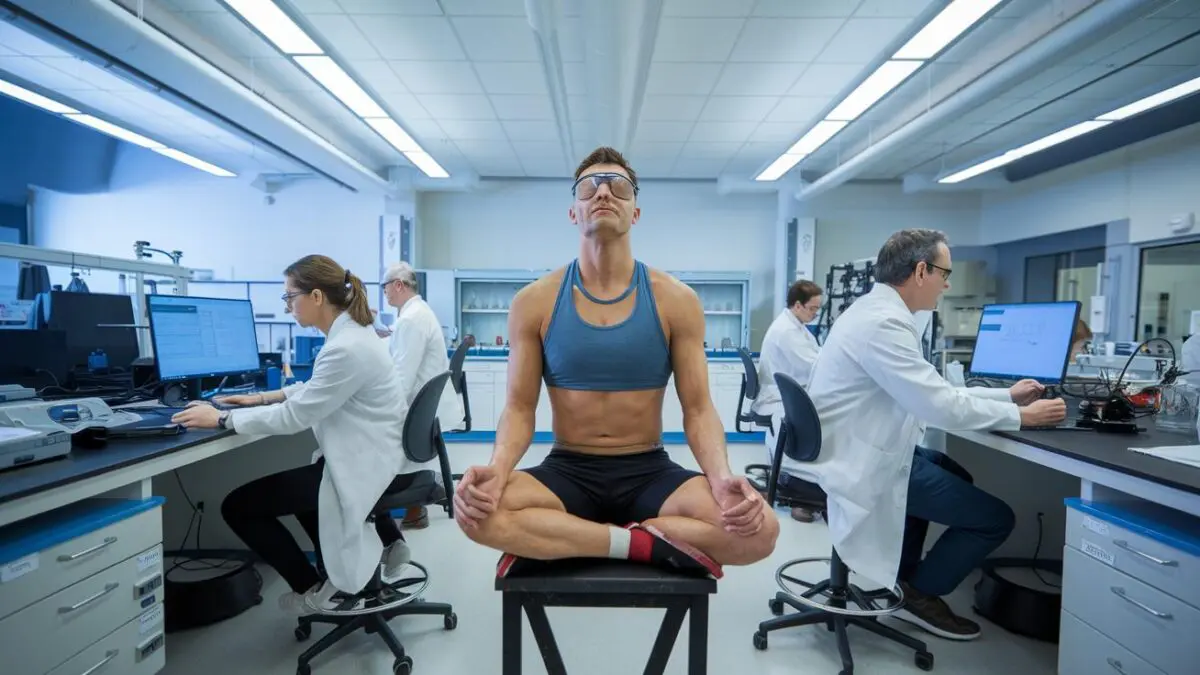This research, emerging from the corridors of academia, taps into the rarely discussed yet fundamental aspect of exercise: breathing.
Revolutionary breathing technique extends exercise endurance
The team of physiologists at the university observed a remarkable 40% increase in exercise duration among participants who employed a specific breathing pattern compared to those who did not. This pattern, characterized by synchronized inhales and exhales with movement, was tested across various exercises, including weightlifting and cardiovascular training.
This finding is not just a testament to better performance but also underscores a potential shift in how training regimes are structured, focusing more on the rhythm of breath rather than just the intensity and duration of the exercise itself.

Implications for amateur and professional athletes
The implications of this discovery extend beyond the laboratory and into the realms of professional sports and everyday fitness enthusiasts. Coaches and trainers are keen on integrating these techniques into their training programs to enhance athlete performance and delay the onset of fatigue.
This technique could level the playing field between amateur enthusiasts and professional athletes, providing both with an accessible tool to enhance their performance without the need for advanced technology or expensive equipment.
Scientific underpinnings of the breathing pattern
At the core of this breakthrough are the physiological changes induced by the breathing technique. The research highlighted how this pattern enhances oxygen uptake and optimizes carbon dioxide expulsion, key factors in prolonging exercise endurance.
The study involved rigorous testing and control setups to ascertain the reproducibility and efficacy of the breathing pattern, ensuring that the results were not just incidental but statistically significant.
Potential challenges and criticisms
Despite the promising results, some skeptics question the scalability of applying this technique across different populations and exercise routines. Critics argue that individual variations in respiratory capacity and fitness levels could influence the effectiveness of the breathing technique.
Moreover, there is an ongoing debate among experts about the long-term impacts of such techniques on respiratory health, with some advocating for more expansive studies before widespread adoption.

Next steps in research and application
The university team plans to expand their research to include diverse participant groups, including those with respiratory and cardiovascular conditions, to explore the broader applicability of the technique.
Furthermore, collaborations with sports scientists and physiotherapists are underway to develop training modules and workshops that incorporate this breathing technique, tailored to different sports and physical activities.
The discovery of this breathing pattern not only highlights an innovative approach to training but also opens up a dialogue on the importance of respiratory techniques in physical performance. As this research progresses, it may well redefine traditional training methodologies, offering a simple yet effective tool to enhance athletic performance and general fitness.




Wow, this sounds groundbreaking! Can’t wait to try it out during my next gym session. 😊
Is there any info on how this could impact long-term respiratory health? Seems promising but a bit cautious here.
Interesting study! How can someone learn this breathing pattern? Are there workshops or online tutorials available?
Finally, something that doesn’t require fancy equipment! This is great news for everyday athletes like me.
Does this technique also help with recovery post-exercise, or just during?
40% increase sounds a bit too good to be true. Has this been peer-reviewed?
LOL, maybe now I can actually keep up with my marathon-training friend! 🏃🤣
I’m curious if this breathing technique can help with yoga or meditation practices as well?
Is the university planning to patent this technique, or will it be freely available to the public?
Skeptical… breathing can’t possibly have THAT big of an impact, can it?
How does this specifically work with weightlifting? I need more details before trying it out. 🏋️♂️
Could this be the next big thing in sports science? Exciting times!
Not sure how this would work for swimmers, considering we have to hold our breath underwater. Thoughts?
I’d love to see how this research pans out in the long term. Very interesting initial findings though!
Has anyone tried this technique yet? Any first-hand experiences would be appreciated! 😄
This seems like it could really democratize high-level athletic training. Kudos to the research team!
Any potential side effects from this kind of controlled breathing? Always good to be cautious.
Great article, but needs more on how to actually apply these techniques day-to-day.
Could this help people with asthma or other respiratory issues, or is it only for athletes?
I wonder if this could help improve performance in high-altitude sports?
Seems like a game-changer for endurance athletes. Can’t wait to see how it develops. 👍
So is this technique easy to learn, or does it require professional guidance to master?
Can we get some before and after stats from people who’ve used this technique? That would be convincing!
This could potentially shake up the entire fitness industry if it really works as described!
What about children or older adults? Can they use this technique safely?
Great discovery, but let’s not forget about proper diet and regular training. Basics first!
How long do you need to train using this pattern before seeing results?